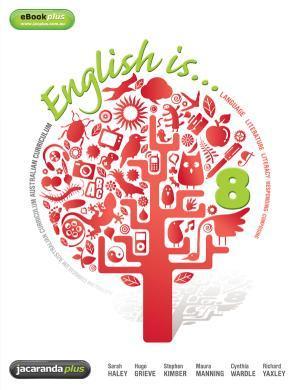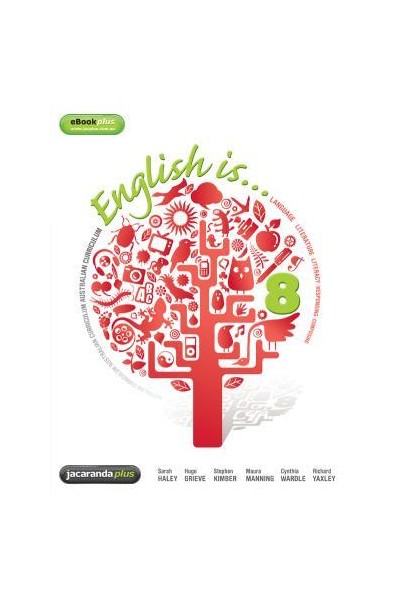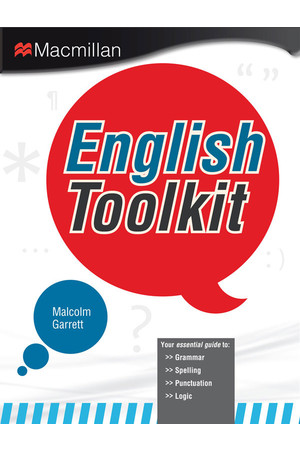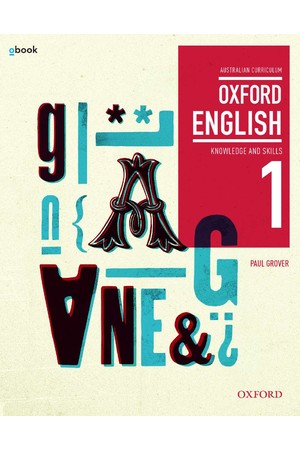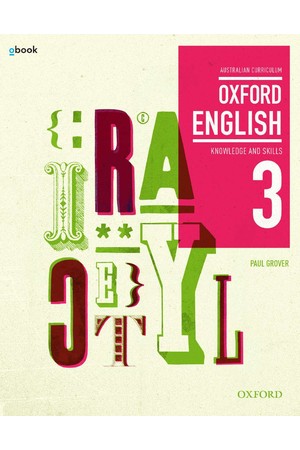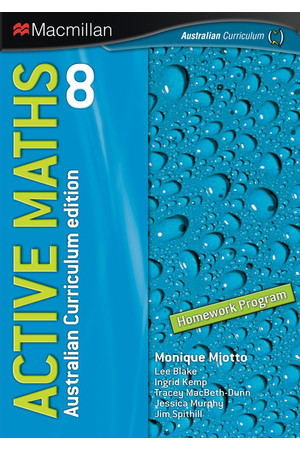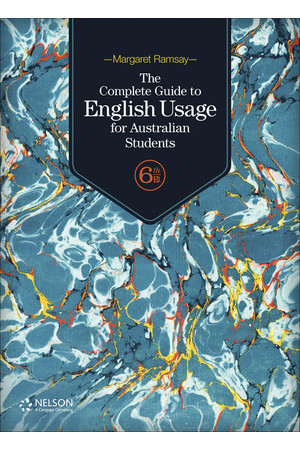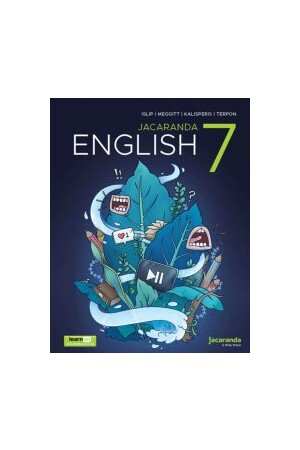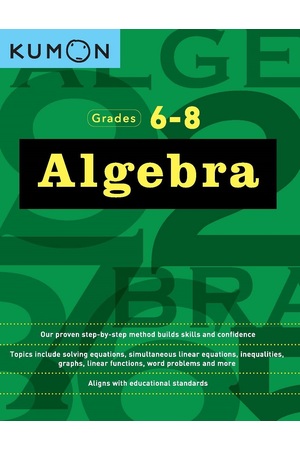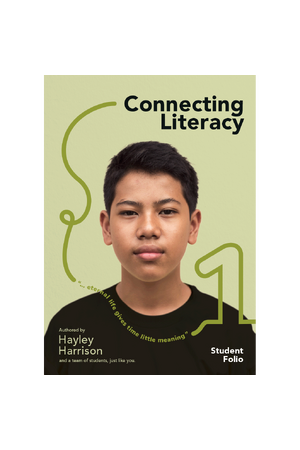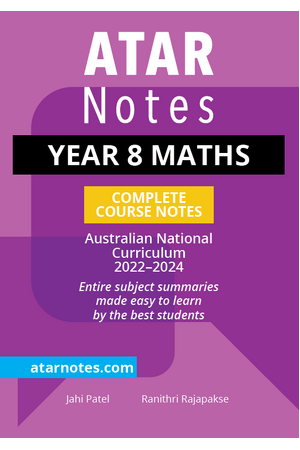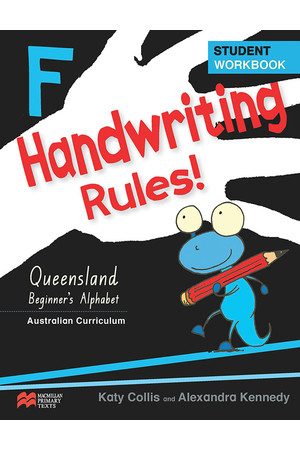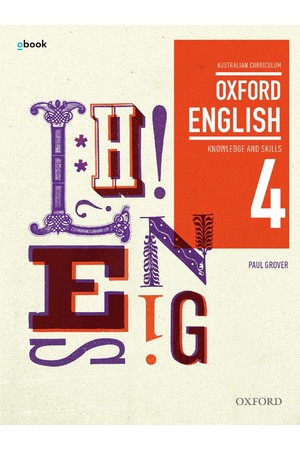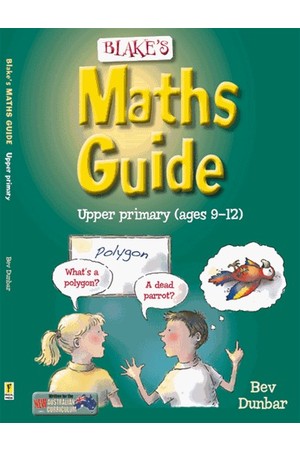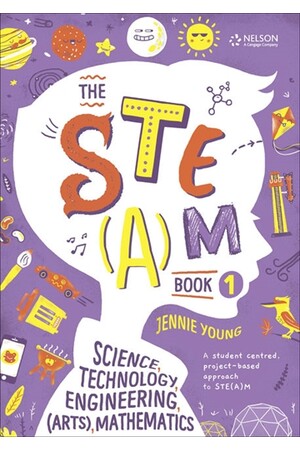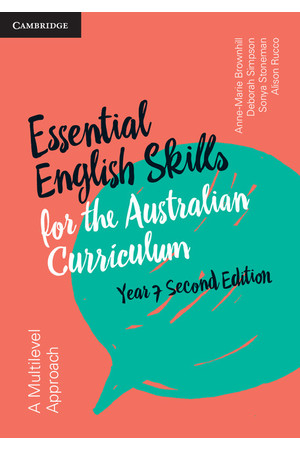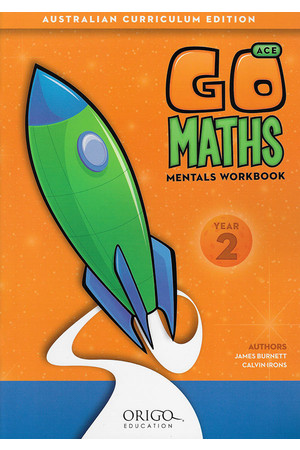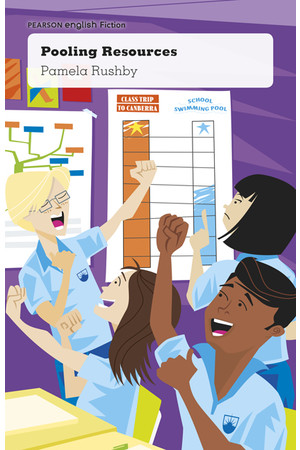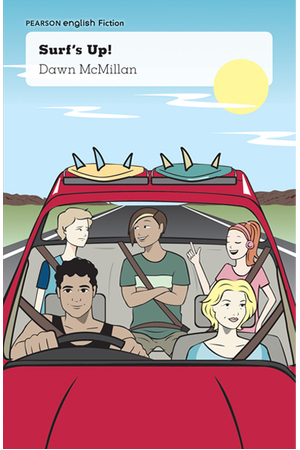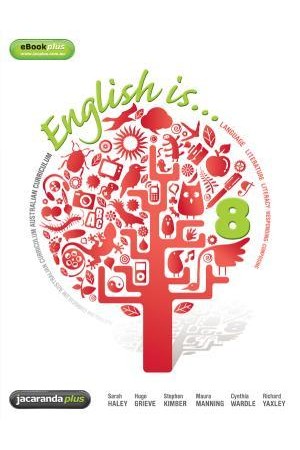Part of the series English Is... English for the Australian Curriculum Year 8.
View all products in this series

English Is ... English for the Australian Curriculum Year 8 & eBookPLUS
KEY FEATURES- Full coverage of the Australian Curriculum: English content descriptions allows students to achieve year level standards
- The text is always at the centre of the learning
- Differentiated activities provide all students with an entry point to the texts through a Getting started, Working through and Going further grading
- Sub-unit structure allows for a dip-in, dip-out approach
- Wordsmiths or mini-workshops drill down to teach key skills in a Tell me, Show me, Let me do it process
- Ready to Read prepares less able readers to engage with the texts
- Asian and Indigenous texts are featured along with classic, world, Australian and contemporary texts
- 'Need to know' explains key terms at point of need so that students learn English's metalanguage
- Language, Literature and Literacy links connect to the Australian Curriculum content descriptions
- Wide variety of assessment options at the end of every unit with rubrics to guide students
- Access from any digital device: PC/MAC/iPad/Android Tablet.
- Worksheets - Word documents designed for easy customisation and editing.
- Interactivities and games to reinforce and enhance student learning.
- eLessons - engaging video clips and supporting material.
- Weblinks to relevant support material on the internet.
- ProjectsPLUS - unique ICT-based projects that provide opportunities for students to demonstrate creativity, thinking skills and teamwork.
Contents
- About eBookPLUS ix
- How to use this book x
- Acknowledgements xii
- UNIT 1 Language Evolution 1
- How and why does language evolve? 1
- What do we mean when we say that language evolves? 3
- Tuning in 3
- 1.1 Reading language from another era 4
- How do I observe language change? 4
- Wordsmith . . . Adjectives and adverbs 9
- 1.2 Technology and language change 11
- How has technology influenced language? 11
- Wordsmith . . . Writing an explanatory paragraph using analogies 15
- 1.3 The influence of other languages on English 16
- How have other languages influenced English in the past? 16
- Wordsmith . . . Subjective and objective writing 22
- How does popular culture introduce foreign words? 24
- Compose and create 28
- UNIT 2 Me, Myself and I 31
- How does language influence a person’s identity? 31
- What do we mean by ‘language influencing identity’? 33
- Getting started 33
- 2.1 Names, labels and identity 34
- How do names affect our view of people and characters? 34
- Wordsmith . . . Using nouns 38
- How are characters in fiction named and introduced? 39
- 2.2 The teenage community 44
- How does language influence teenage identities? 44
- Wordsmith . . . Audience and purpose 49
- 2.3 Spoken language in fiction and non-fiction 51
- How does lost or hidden language affect identity? 51
- Wordsmith . . . Setting out dialogue in fiction 56
- Compose and create 58
- UNIT 3 Constructing Effective texts 61
- How does a writer construct effective texts for a variety of audiences and purposes? 61
- What is a text? 63
- Tuning in 63
- 3.1 Constructing imaginative texts 64
- How do imaginative texts entertain their readers? 64
- Wordsmith . . . How writers use sentence structure and punctuation to help pace the reader
- Imaginative texts with a more serious purpose 74
- 3.2 Constructing informative texts 78
- How do informative texts inform their readers? 78
- Other informative texts — news reports 81
- Wordsmith . . . Using nominalisations 85
- 3.3 Experimenting with text structures and features 87
- How can the same subject matter be used to create different text types? 87
- Wordsmith . . . Separating fact and opinion in expressing a viewpoint 93
- Compose and create 94
- UNIT 4 Crafting Character 97
- How do writers make their characters come to life? 97
- What do we mean by ‘crafting character’? 99
- Tuning in 99
- 4.1 Characters and self-discovery 100
- How do characters help us to understand ourselves? 100
- Wordsmith . . . Writing dialogue to reveal character 106
- 4.2 Characters and their worlds 108
- How do characters help us understand the world of the text? 108
- Wordsmith . . . Sentence structure and imagery 114
- 4.3 Characters and social commentary 116
- How do writers craft characters to explore our culture, history and values? 116
- Wordsmith . . . Linking characters to values using analogies and ethical dilemmas 124
- Compose and create 126
- UNIT 5 Hearts and minds 129
- How does the spoken word persuade? 129
- Did you use rhetoric today? 131
- Tuning in 131
- 5.1 Rhetoric in action 132
- What is rhetoric and how can we recognise it? 132
- Rhetoric in media texts — advertisements 134
- Wordsmith . . . Using connotations to create rhetoric 137
- Rhetoric in a feature article 138
- 5.2 Writing rhetoric 141
- How do we use rhetoric when we write to influence others? 141
- Repetition 141
- Repetition in speeches 143
- Playing with hyperbole 144
- Using metaphors and similes 145
- Extending a metaphor 146
- Figurative language in speeches 147
- Wordsmith . . . Working with irony 150
- 5.3 Persuasive speaking techniques 151
- How can we speak to influence others? 151
- What makes a great speech? 154
- How have great writers such as Shakespeare used rhetoric? 157
- Wordsmith . . . Clauses 159
- Compose and create 160
- UNIT 6 Picture this 163
- Why do visual texts have meaning? 163
- What’s in a picture? 165
- Tuning in 165
- 6.1 The idea of representation 166
- What does an image mean? 168
- Do the meanings of images change over time? 168
- Cultural perspectives 168
- Changing stereotypes 169
- Old-fashioned heroes 170
- The female hero 171
- Wordsmith . . . Storyboarding 173
- 6.2 ideas expressed in images 174
- Are there universal truths? 174
- Anime and good versus evil 174
- Fear of the unfamiliar 176
- Heroes and villains 177
- Wordsmith . . . Connotative language 178
- 6.3 Making meaning 179
- How do images and words convey meaning? 179
- Graphic novels and short stories 179
- Words or images? 186
- Wordsmith . . . Comparing and contrasting 188
- Compose and create 190
- UNIT 7 Seriously funny 193
- How does humour entertain and persuade within its historical, social and cultural context?
- The power of laughter 195
- Tuning in 195
- 7.1 Humour entertains 196
- How do humorous texts entertain? 196
- Wordsmith . . . Using puns to create humour 199
- Humorous media texts that entertain 201
- 7.2 Humour entertains and persuades 205
- How do humorous texts persuade as well as entertain? 205
- Wordsmith . . . Creating spoofs with names 208
- Satire persuades 209
- 7.3 Humour in context 212
- How is humour part of its social, cultural and historical context? 212
- Wordsmith . . . Avoiding verbosity 217
- Compose and create 218
- Projects PLUS
- Persuasively speaking 222
- Creating character 224
- Glossary 226
- Subject index 229
- Author/Title index 232
View Other Year Levels in the 'English Is ... English for the Australian Curriculum' Series
| ISBN | 9781742467757 |
| Publisher | Jacaranda |
| Product Type | Student Books, |
| Year Level | Year 8, |
Be The First To Review This Product!
Help other Teacher Superstore users shop smarter by writing reviews for products you have purchased.


